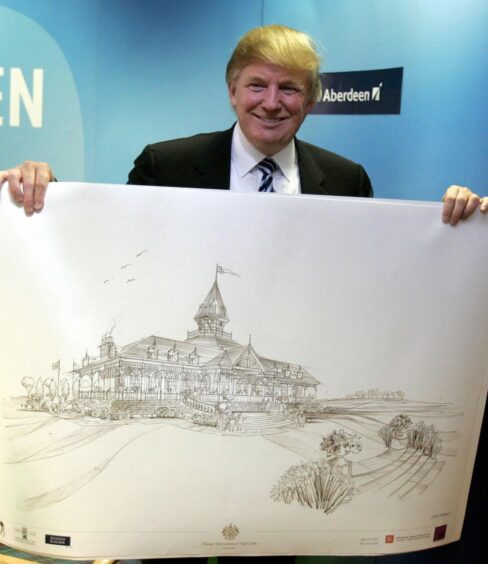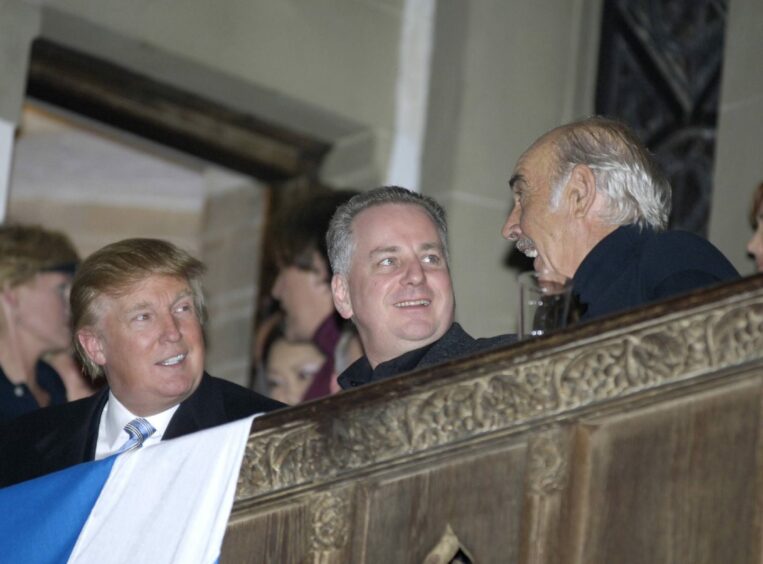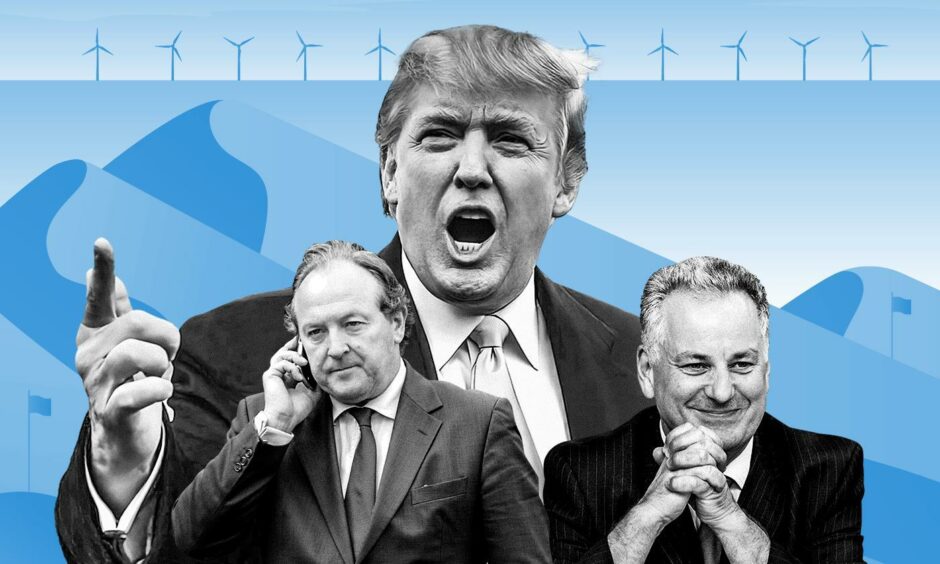
It was a row that tore the Aberdeenshire community in two, with one man at the centre of everything – Donald Trump.
Fifteen years on from the inception of the Trump International Golf Resort controversy, we reveal the inside story from those whose lives were turned upside down by the turmoil.
Trump at Menie: The Untold Story is a political blockbuster of epic proportions featuring tales of intrigue, threats of violence, accusations of cowardice and destroyed friendships.
Our series of five articles looks back on how the £1 billion plan emerged, and hears first-hand from those who had the gargantuan task of deciding if it should be built – and about how the issue would change their lives forever.

It all started with a simple cocktail party at a 14th-century pile in the Aberdeenshire village of Balmedie.
Trump International Golf Links Aberdeen: Where it all began

What began as an evening of drinks and laughs back in June 2005 would end sending tremors across the region for years to come.
One special guest that night was golf course developer Neil Hobday – though he didn’t realise it at the time.
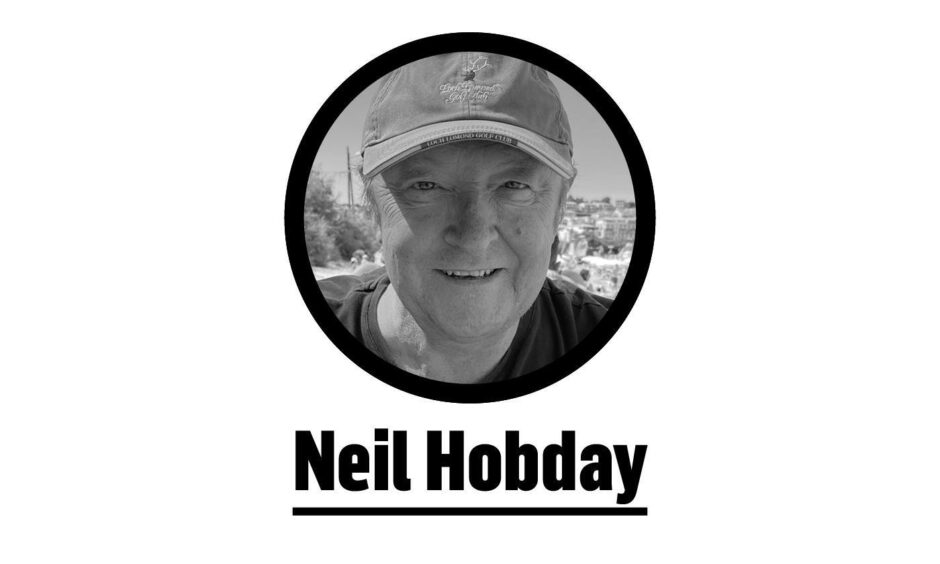
Hobday had a track record bringing top-notch links courses at Loch Lomond and St Andrews to fruition – and party host Tom Griffin wanted to pick his brains.
For Griffin, business needed a boost.
He had bought the B-listed mansion and its 200-acre grounds some years earlier and he was after Hobday’s help.
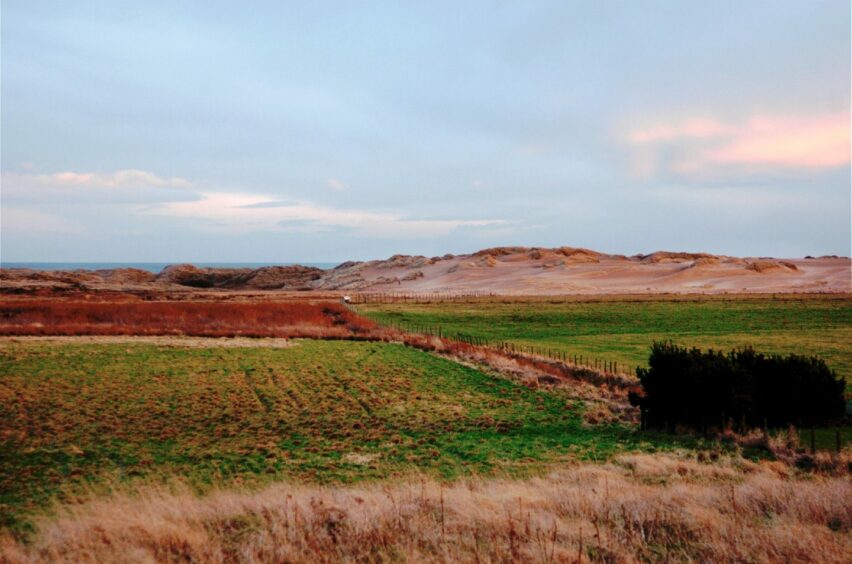
“I was invited out of the blue,” Hobday said.
He added: “I think Griffin’s interest in me was to see if I could bring wealthy Americans to stay at Menie House while they played golf in the north-east.”
After touring the grounds, Hobday hatched a plan to appease Griffin – and pique the interest of others.
He came up with the idea of building a golf resort fit for the prestigious Open championship.
Hobday said: “The south-west and south-east coast of Scotland had always benefitted from The Open.
“The north-east never had, as its golf courses weren’t capable of coping with the infrastructure of an Open championship.
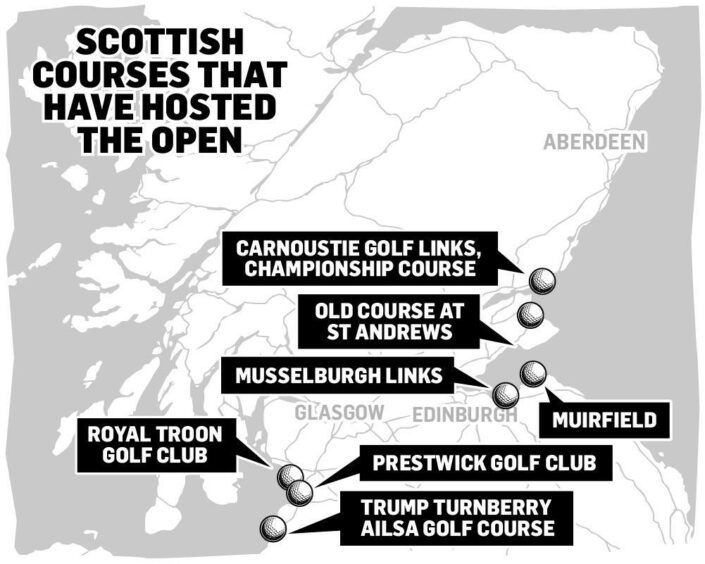
“Then I realised we had the most extraordinary piece of land at Menie on which one could build a links golf course.
“I thought ‘my word – it’s near an airport, it’s a near city, it’s got all the hotels, the infrastructure, the car parking spaces – everything’.”
Within days, it was all action stations.
Hobday consulted colleagues and struck gold when flicking through the Sunday papers.
“There was an article in The Sunday Times suggesting Donald Trump wanted to expand his activities into Europe, and maybe into golf,” said Hobday.

He added: “I suggested it might be worth approaching the Trump Organisation.”
Hobday spoke to Trump’s representative in New York and the property magnate liked what he heard.
Hobday said: “Once we described it to him he said ‘right, I’m very interested to progress matters’.”
It was events around this time that first prompted allegations of political interference – that senior Scottish politicians were hellbent on the project going ahead no matter what.
Calls of Scottish Government bias
Hobday approached the Scottish Government’s investment stimulus arm, Scottish Development International (SDI).
It was ultimately the Scottish Government that approved the golf resort – a project it had itself got off the ground. This prompted calls of bias.
Critics posed the question – when does a public body helping developers with a project turn into a steam-rolling of democracy?
However, Hobday saw it as SDI merely doing what it was there for.
He said: “We went to SDI and said ‘look there’s a proposal here that Donald Trump might buy this piece of land in Scotland.’
“SDI had been tremendously supportive.”
A Scottish Government spokesman said the application was handled “in line with all the regulations and procedures in place at the time.”
On behalf of SDI, A Scottish Enterprise spokeswoman said: “SDI’s involvement in securing any inward investment – with or without the support of ministers – does not infer any political interference with any statutory and/or regulatory process.
“We take this responsibility very seriously and act in accordance with our apolitical role at all times.”
Pitching Aberdeen to Trump
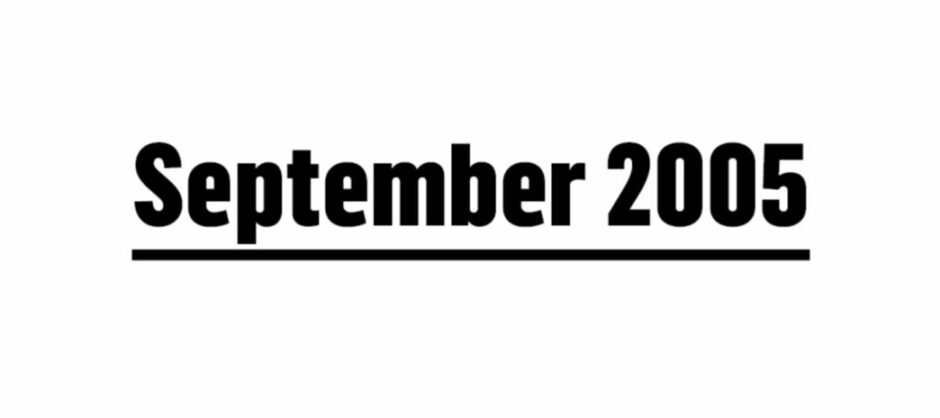
In September 2005, SDI staff flew with Hobday to New York and, according to Hobday, helped him deliver a presentation at Trump Towers.

He said: “SDI said they would support this inward investment as much as they could.
“I remember spending nearly an hour and a half leading a presentation to Donald Trump in his office and he asked a million questions as he does.
“At the end he looked up and said ‘right, let’s do it.’
The £1 billion project was born.
For Trump, the masterplan hit all the right notes.

He loves golf, has a Scottish connection as his mother Mary Macleod was born on Lewis and, according to Hobday, Trump “desperately wanted” to build a course capable of staging The Open tournament.
Speaking to us from his office in south Florida, Trump’s lawyer at the time, George Sorial, told us: “This was a big project for Donald Trump.
“It was something that had great meaning and emotion for him.
“There was something he used to say to me all the time: ‘Some people collect Picassos; what I like to do is build golf courses. This is going to be the greatest thing I do’.
“Granted at the time, nobody envisioned he was going to become the 45th president.”
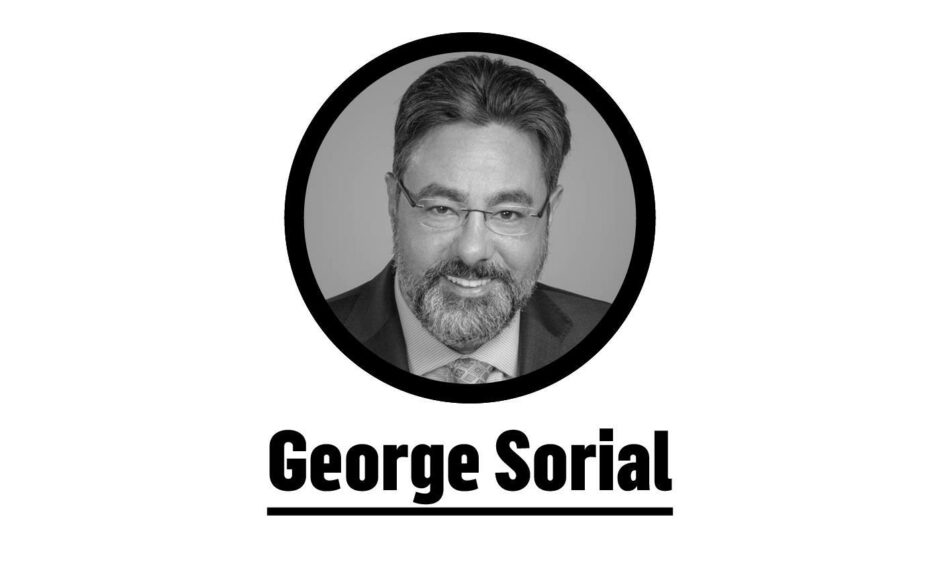
Hobday added: “Trump said ‘Neil, go back to Scotland – let’s get this land bought. Call me, and we’ll do a deal’. We were tremendously excited.”
Hobday bid for Tom Griffin’s land, without naming his backer so it wouldn’t drive up the price.
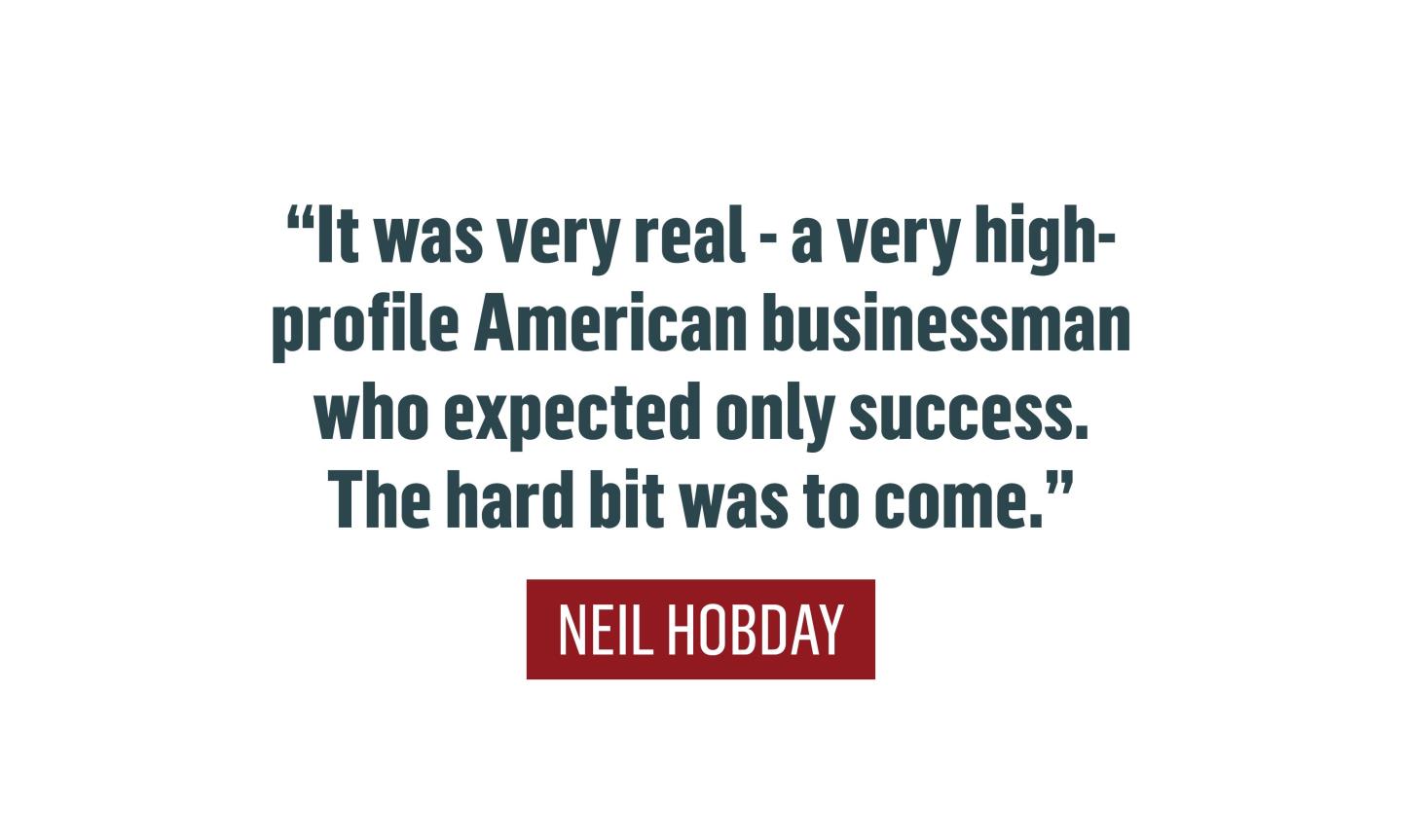
Griffin shook hands on a deal, Trump’s team wired funds and the Trump International Golf Links project was in full swing.
Hobday said: “It was very real – a very high-profile American businessman who expected only success. The hard bit was to come.”
Trump golf course proposal
As 2006 trundled on, Hobday assembled what he called “an army” of advisers to launch a charm offensive he hoped would lead to the construction of a world-class golf resort on the Balmedie coastline.
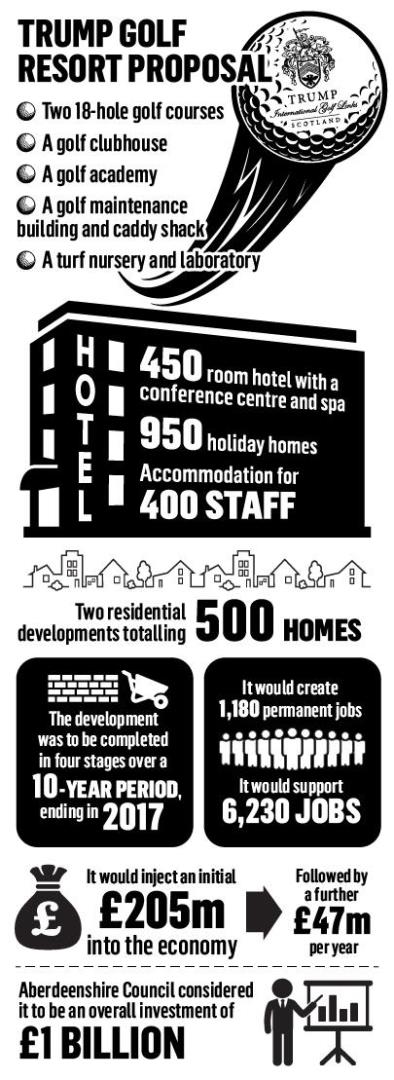
Trump officially announced the project bid in a press release in March 2006 and then attended a media launch at the Menie Estate a month later.
Battle lines were drawn involving the 14 councillors who would go on to make perhaps the most controversial decision in Aberdeenshire’s history.
Marcus Humphrey, one of the 14, said: “I was a councillor for more than 40 years and this was the toughest experience.”
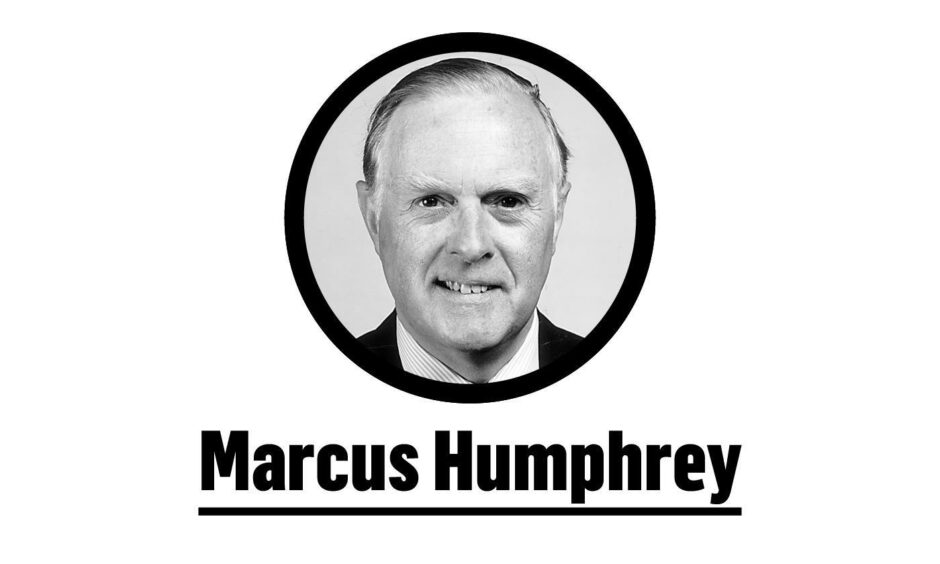
Ann Faulds, one of Scotland’s top planning lawyers, who was hired by Trump to work on the project at a later stage, told us: “In my 30 years’ experience as a planning solicitor, this was the most scrutinised development.”
There was a compelling economic selling point for the project: Players would fly to the resort from across the world, fill the tills of hotels, bars and restaurants, create up to 6,000 jobs and boost tax revenue.
George Sorial said: “We came to a relatively unused, ignored piece of land that sat just several miles from the city centre and we wanted to build a site to make the locals proud and become a global attraction.”
Many supported that – but others feared it would destroy wildlife habitats protected by the Foveran Links site of special scientific interest (SSSI) status.
They were also concerned a rural area could not support 500 homes without new schools and services.
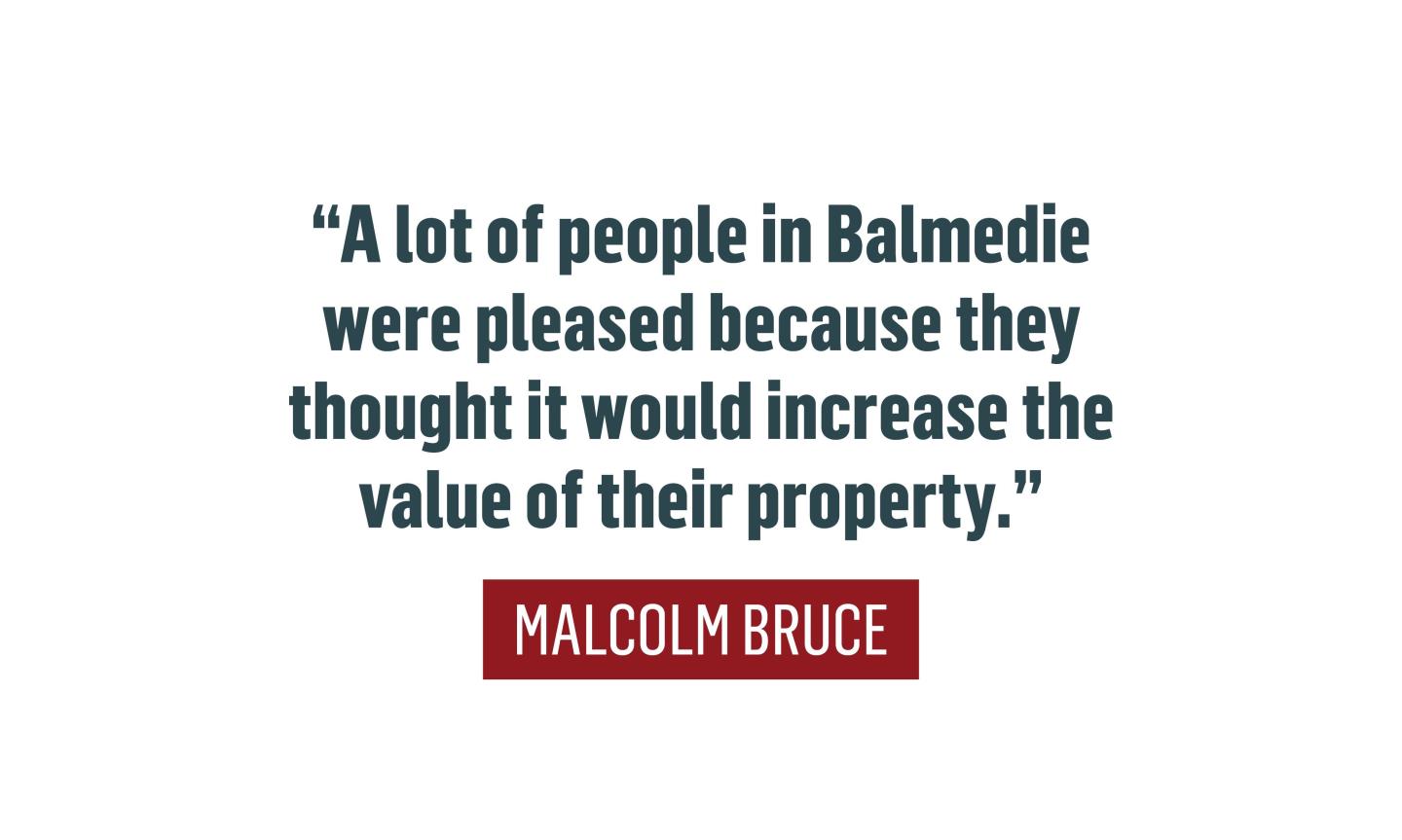
Malcolm Bruce, now Lord Bruce, was Gordon Lib Dem MP at the time – a role he had for 32 years.
He recalled that those behind the project claimed they needed to build 500 homes to finance the golf resort itself, but some locals thought the golf side of the project was a smoke screen just to get the houses built.
However, Lord Bruce suggested others were less sceptical.
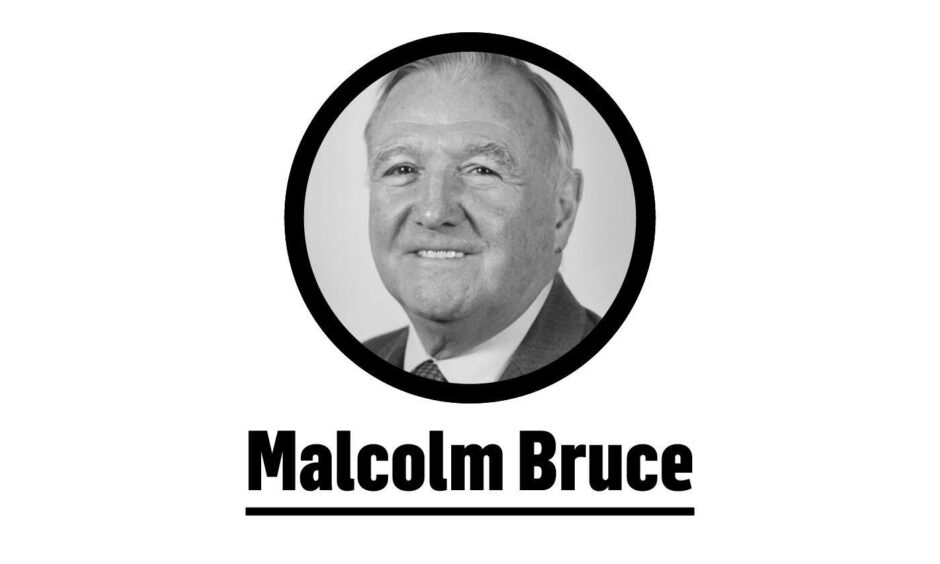
He said: “A lot of people in Balmedie were pleased because they thought it would increase the value of their property.”
The objections to a Trump golf course in Aberdeenshire
One central bugbear was building a golf course on the SSSI.
That would breach Aberdeenshire Council’s policy unless it could meet three tests.
They were that:
- The social and economic benefits were of national importance.
- The mobile sand dunes which created the wildlife habitat were not compromised.
- There was nowhere else the resort could be built.
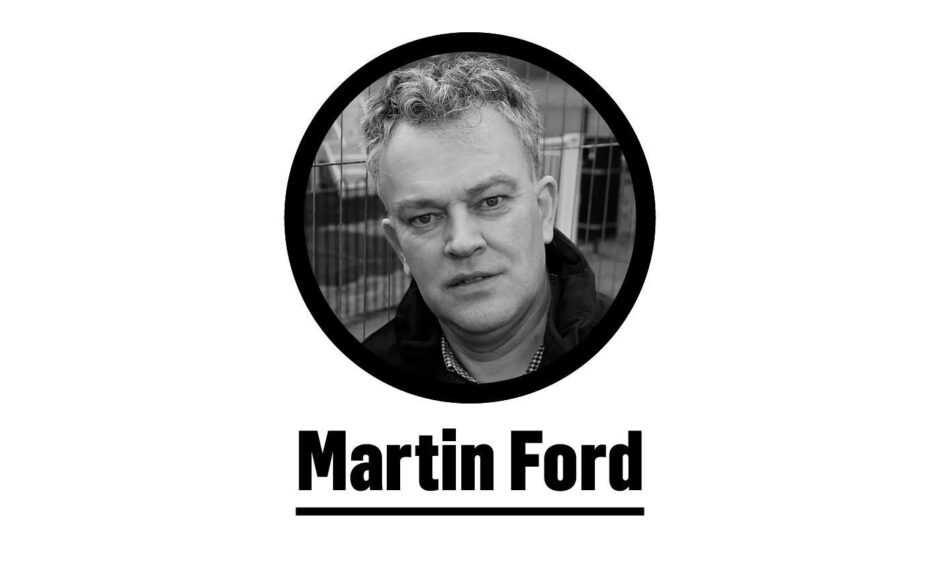
Martin Ford, another of the 14, said: “It failed all three tests.”
But another of the 14, Fiona McRae was less concerned about the SSSI.
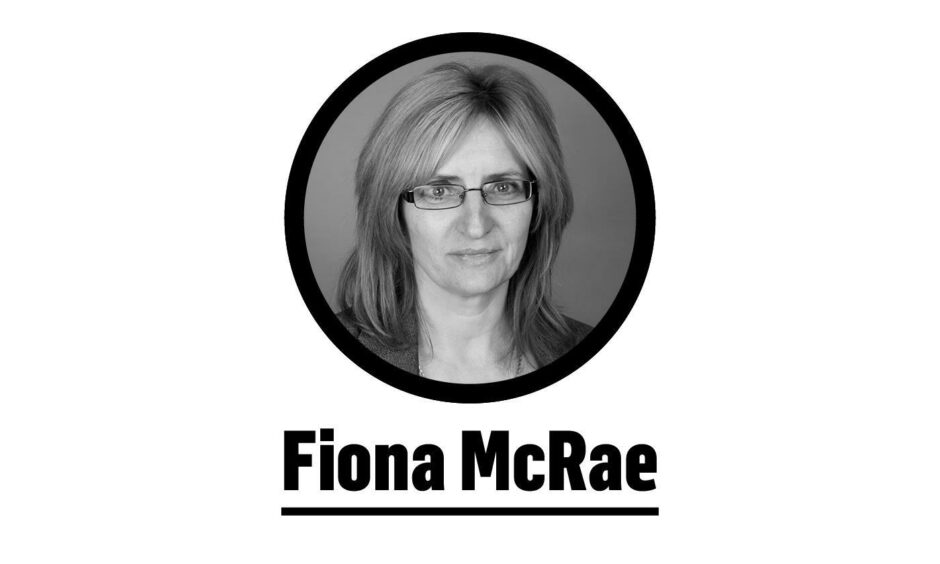
She said: “It didn’t look like a place that would be wrecked.
“Policy isn’t law – it’s guidance. I was swayed by the economic development argument.”
Another of the 14, Graeme Clark said: “The SSSI was obviously the big thing.
“We heard Sorial and Trump saying they would make the sand dunes in the SSSI better. That was a falsehood.”
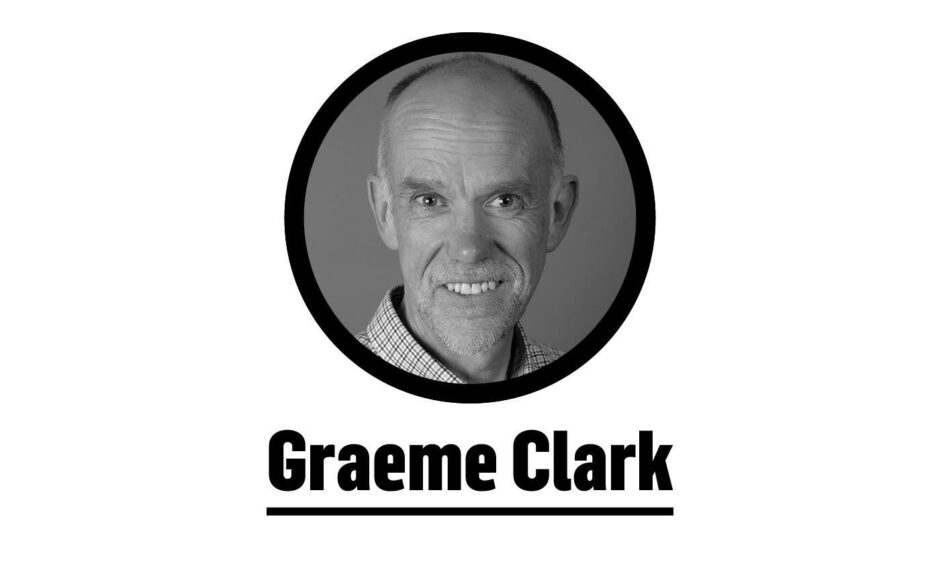
George Sorial said: “I respect Graeme’s position but it’s simply not accurate.
“The majority of the SSSI was completely left alone (when the resort was built). There was only a small segment that was stabilised.”
Describing the objectors, Sorial added: “There were a handful of detractors.
“When you have a project of this scope, you will always have people who object to it.
“I cannot tell you how many times people approached me and said ‘what you guys are doing is great. Thank Mr Trump – don’t pay attention to the detractors.”
Hobday called objectors “NIMBYs”.
He added: “The wildlife habitat was not unique. If it had been it would have been completely different.
“There was a lot of noise made from objectors. That encouraged more noise and, of course Donald Trump being a fairly combative character, it became what was called ‘controversial’.”
Another of the 14, John Cox, agreed.
To him, objectors were acting as though Trump wanted to tarmac the dunes and as though wildlife would become extinct.
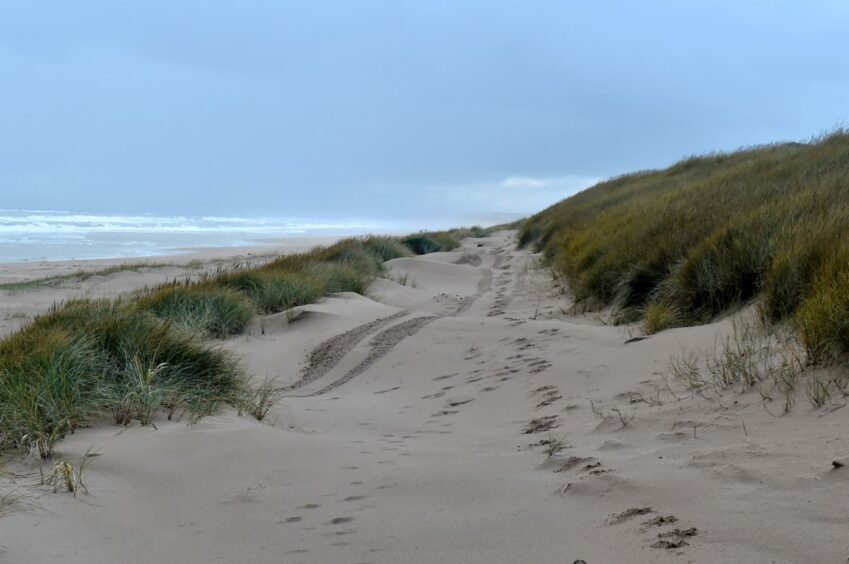
Cox also believed climate change would wreck the SSSI anyway eventually, so why bother saving it?
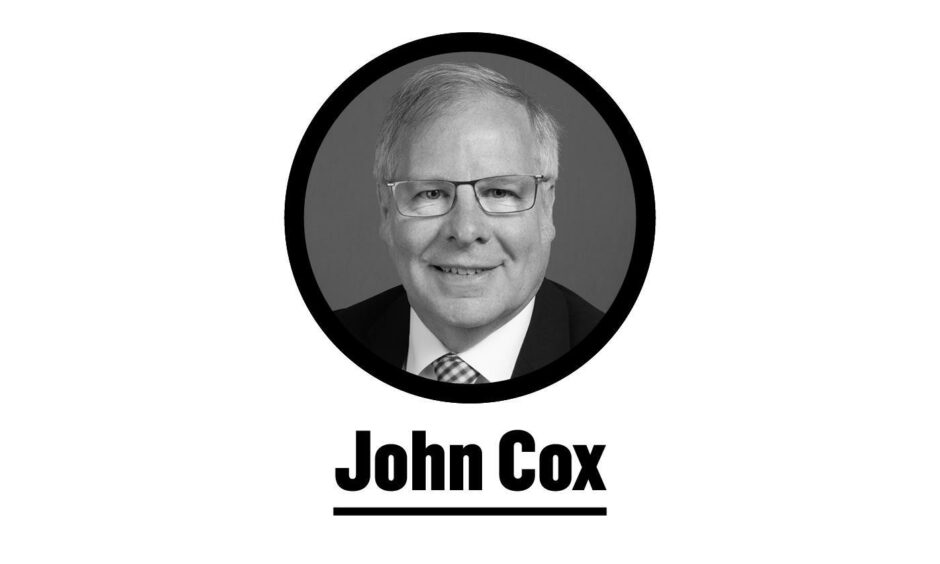
He added: “We had been for years trying to give Aberdeen a new image from the perception of smelly oil to saying ‘look, this is one of the cleanest, nicest places to visit in the north-east of Scotland and here we have world-class facilities’.”
Others were much more combative.
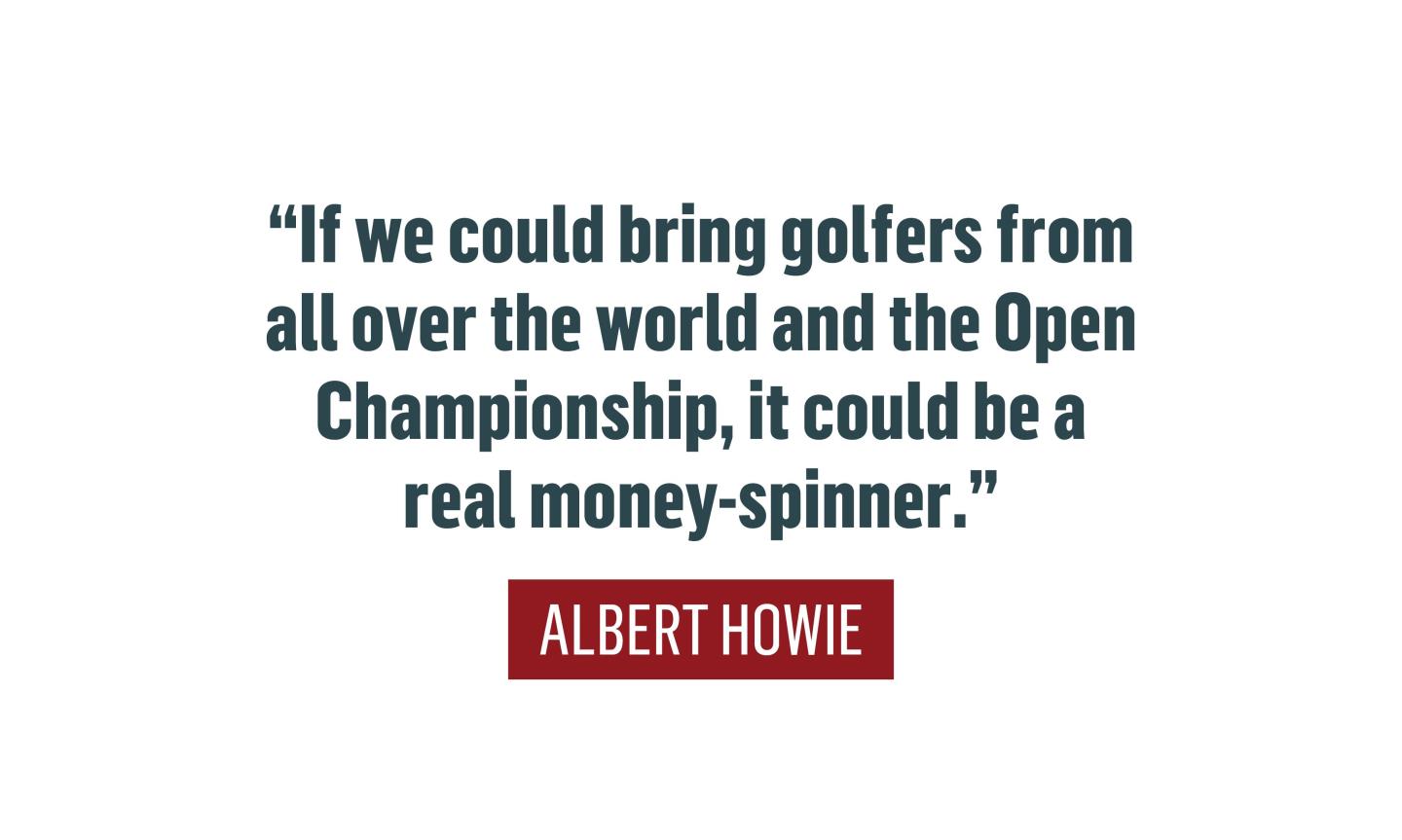
Another of the 14, Albert Howie said: “The people against it appeared to me to have done nothing with their lives, but just be councillors.
“They didn’t appear to have any ambition of doing anything for themselves, any sort of business.
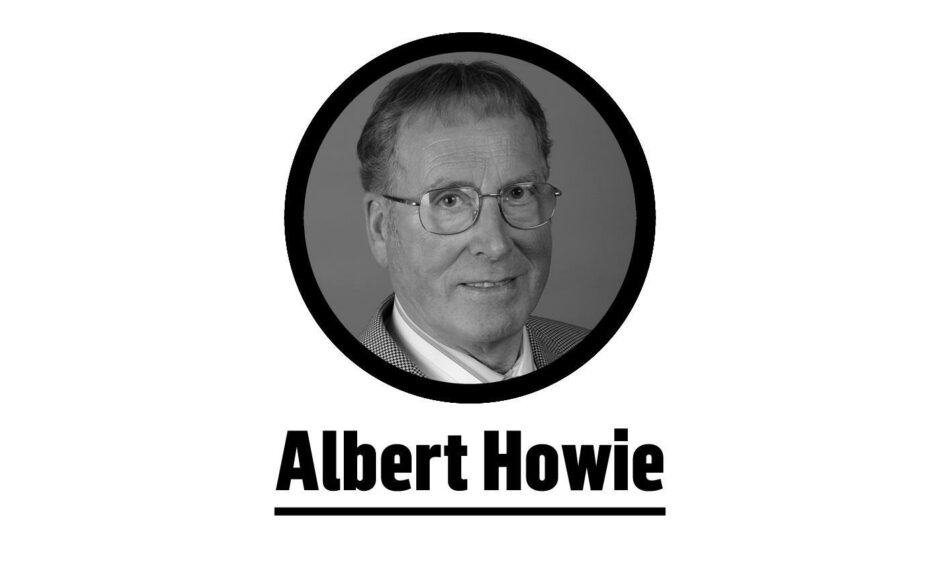
“Martin Ford – he runs about on a bicycle because he failed his driving test.
“There were just a few things they should have kept quiet about because they hadn’t done much particularly with their own lives.
“If we could bring golfers from all over the world and the Open Championship, it could be a real money-spinner.”
Ford said: “In fact I have never failed a driving test but this is a good example of the kind of untruths people were saying about me at the time as part of the ‘debate’ on this issue.”
Local support
Alex Salmond said the ‘do we/don’t we allow this?’ question was the hot topic for voters in the 2007 election campaign in Gordon.
In May of that year, Salmond became Gordon MSP and First Minister.
Recalling his thoughts from the time, Salmond said: “At that stage I would say the development had 80-90% local support.
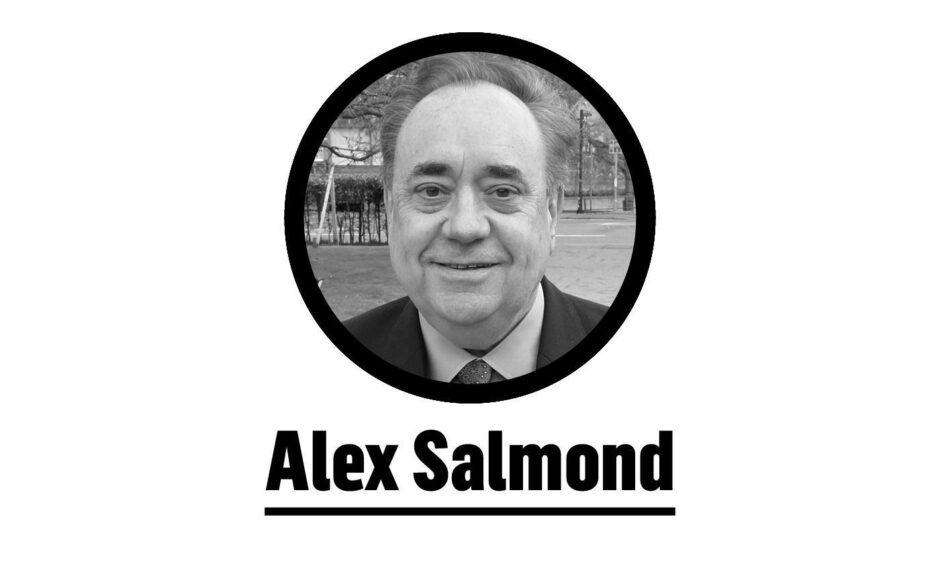
“It struck me that, if there was a Trump golf course on that stretch of coastline it would provide a magnet for people to come and play a range of other great courses.
“It would cement our position (in the north-east) as a golf destination.”
One of the 14 decision-making councillors, Jim Gifford, saw both sides.
He said: “Everybody knew it breached policy – it was just whether you were convinced there was enough reason for breaching it.”
Aberdeenshire Council had to decide – and some accused its leaders of interfering in the decision-making process.
Records show the council’s chief executive Alan Campbell visited Trump’s representatives on site at the end of 2005 and that there were “numerous subsequent meetings” between council officers and Trump officials before a planning application was made.
Scottish planning rules were later changed to oblige local authorities to record details of such meetings for added transparency.
Such meetings did not breach rules, but critics claimed council bosses got too close to the project and so would never let it be rejected.
‘Cloak-and-dagger games’
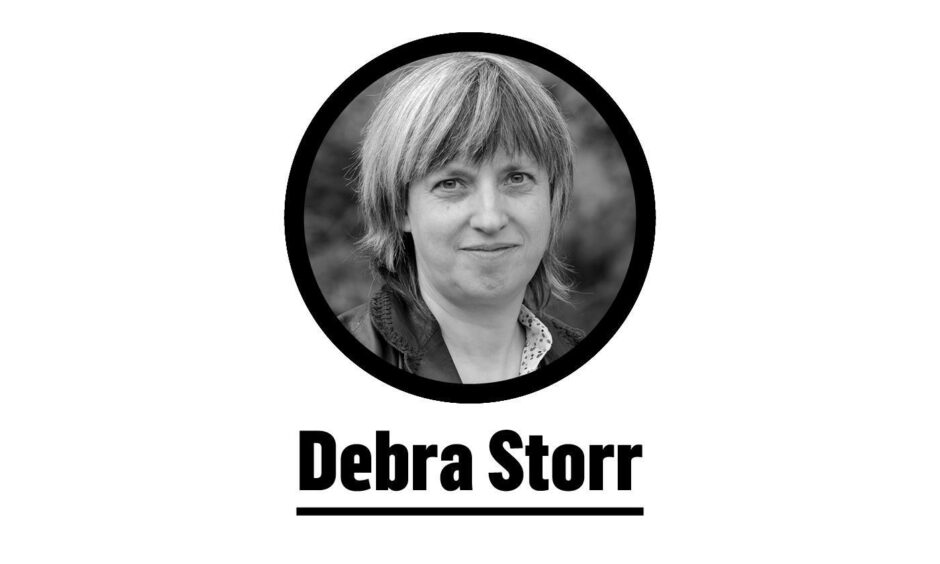
Another of the 14 decision-making councillors, Debra Storr, said Campbell helped arrange a meeting between her and Trump’s staff in late 2005.
Storr said: “I went. It was evident they had been around every politician in the north-east.”
Another of the 14, Paul Johnston said: “I certainly felt Campbell had an interest in this, which perhaps was at the forefront of his role as chief executive officer. It would have been an important thing for Aberdeenshire.”
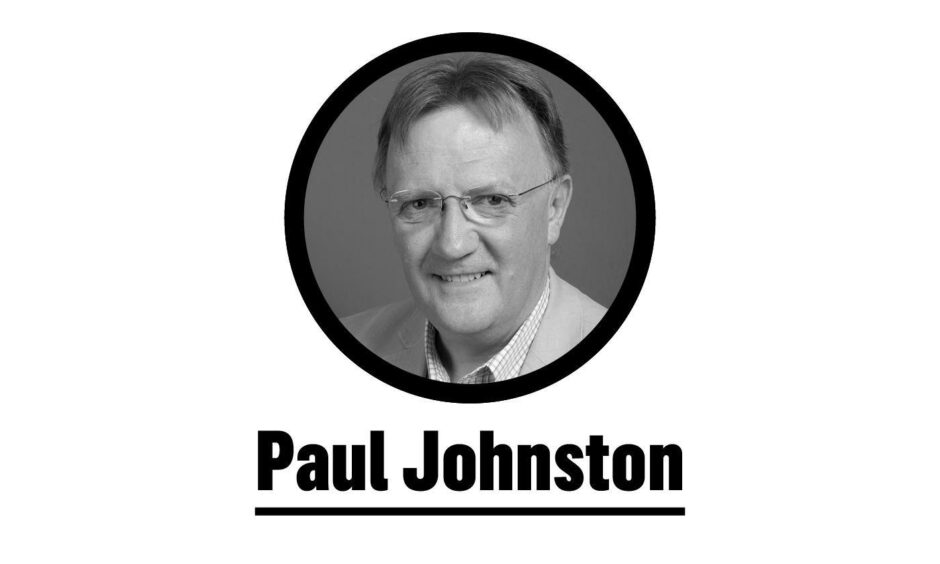
An Aberdeenshire Council spokesman described pre-application discussions as “standard practice”.
Meanwhile, there were rumblings that Trump was playing cloak-and-dagger games.
Debra Storr alleged Trump’s staff made the project seem small to get politicians onside.
Storr said: “Trump would have been advised: ‘if you go in big, they will bolt’.
“So what they did in PR terms is get politicians publicly onboard for the small project and then upscaled it. It was then very difficult for those politicians to back off.
“It became four times the size of the original proposal and probably did four or five times the damage.”
However, Ann Faulds, a legal planning expert hired by Trump to work on the application later, claimed that was not the case.
Faulds said: “It was clear from the supporting documents…that the case (in favour of building the resort) was based on economic benefits of national significance.
“It is difficult to see how a smaller development, a quarter of the size, as suggested by Ms Storr, could have been of national significance in economic terms.”
Allegation of Scottish Government interference
Most controversially, Storr alleged Scottish Government interference.
Several of McConnell’s political opponents, from the Scottish Green Party, accused him of breaching the ministerial code, which states ministers must do nothing that might be seen as prejudicing the planning process.
However, Salmond – who was another of McConnell’s opponents, told us McConnell did nothing wrong.
Salmond also said he himself was at the Tartan Week function but did not speak to Trump about the golf resort.
Salmond added: “The golf course was known about – that’s why Trump was there.
“Jack was hosting the event. There’s no problem with McConnell discussing that with Trump as First Minister. None whatsoever.”
Speaking at the time of the controversy on behalf of McConnell, a Scottish Government spokesman said McConnell had met Trump “a couple of times” but there were no detailed discussions about the project.
The spokesman added: The discussions have been general, about Scotland and clearly Mr Trump is very enthusiastic about Scotland because his mother is Scottish.”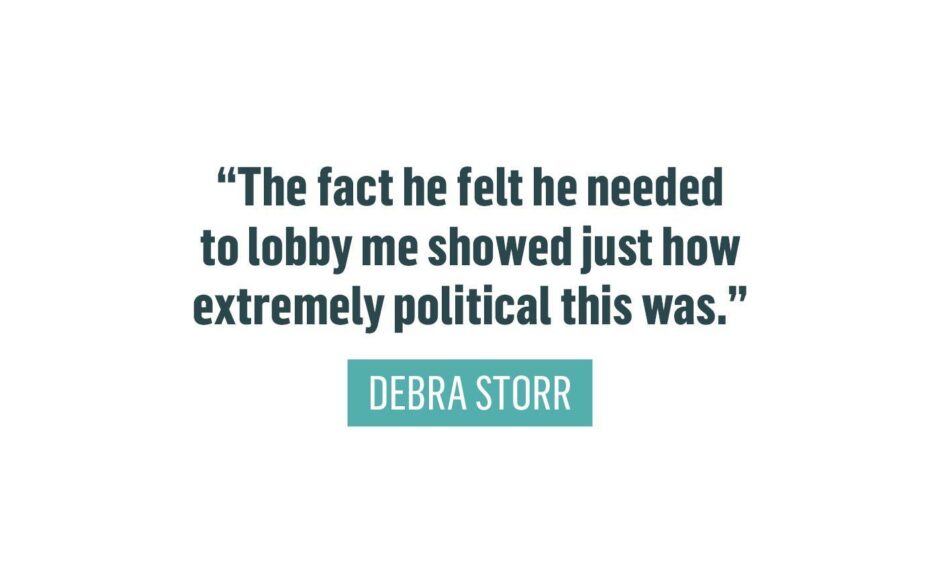
Storr alleged the SNP, Labour and her own Lib Dems were competing to be the party that could claim credit for securing the golf resort.
Johnston, also a Lib Dem, said: “There definitely were people behind the scenes. People within the party. Certainly Malcolm Bruce.”
Storr described a conversation she had with Lord Bruce a few months after the planning application had been tabled.
She said: “We were in Balmedie standing outside the Co-op and he said to me ‘Debra, you need to pass the Trump Organisation because otherwise the SNP will and they’ll get the credit.
“The fact he felt he needed to lobby me showed just how extremely political this was.”
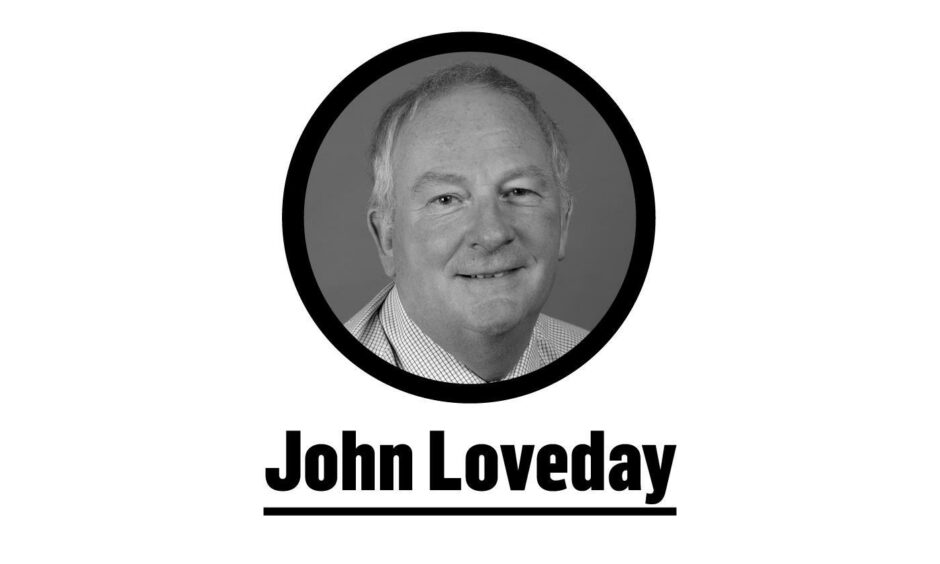
John Loveday, another Lib Dem councillor, said: “There was probably a bit of MSPs wanting to take the credit for the golf course. Absolutely.”
Paul Johnston described that alleged comment as “incredibly poor judgement” by Lord Bruce, who denied making it.
Lord Bruce said: “I did not, do not and have not given instructions to councillors. I think she has embellished what I said.
“All I would have said is ‘this is a matter of local significance and we should as far as possible keep in control of it locally’.”
Lord Bruce said he wanted Aberdeenshire Council to be able to impose conditions on the golf resort that it wanted, such as construction hours, rather than cede that control to the Scottish Government.
Lord Bruce added: “Martin Ford complained when I raised it with him. He said: ‘you’re trying to put pressure on me’.
“I said ‘Martin – you have a vote, I don’t. But I do have communication with constituents and I’m just reflecting their views in support of the resort’.”
A Scottish Government spokesman said the application was handled in line with all regulations and procedures.
Credits
- Words by Dale Haslam
- Story design by Cheryl Livingstone
- Graphics and illustrations by Roddie Reid
- Data visualisations by Lesley-Anne Kelly
- Video trailer by Drew Farrell
